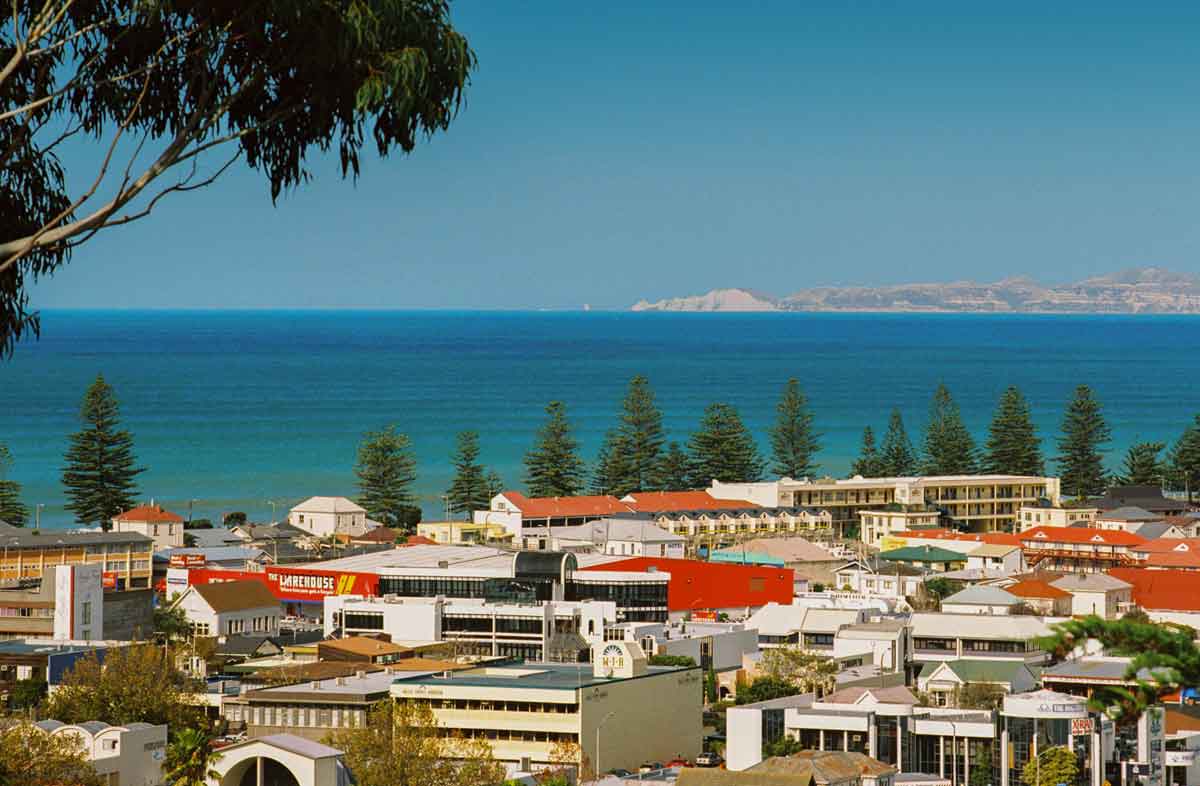The rating valuations are reviewed once every three years, and this year (as at 1 September) is Napier City’s turn.
So what can we expect when the new values are published shortly?
Overall:
The market has been very steady on the whole over the past three years, well below the National average. With outliers excluded, sale prices in the past 6 months have been on average just 2.0% above their current rating valuation.
So what value trends have we seen in Napier?
Bedrooms:
There is a clear trend towards greater demand for larger four bedroom homes in Napier, with those selling for on average 4.0% above their rating valuation, three bedroom homes, 2.1% and two bedroom homes just 1.0%.
Value:
Those homes in the upper middle price range have performed best. Homes with rating valuations of $301,000 – $350,000 rose 4.3%, $351,000 – $400,000 rose 2.7%, $401,000 – $450,000 rose 2.5%. The $201,000 – $250,000 price range also performed well at 2.8% growth. However properties in the lower and upper price bands didn’t do so well. Properties with rating valuations below $200,000 fell 0.9% and those above $450,000 rose in value just 0.4%.
Building age:
Newer homes have experienced better property value growth, with 3.5% for 2000-2009 homes and 4.3% for 2010-current homes, and this is likely on the back of rising construction costs since the Christchurch earthquakes. Older homes have shown mostly modest value growth ranging from 0.8% for 1950s homes to 2.8% for 1690s homes.
Suburbs:
Suburb performance varied materially, although because some suburbs have low transaction numbers, they are more subject to variability. The best performing suburbs were Poraiti, Greenmeadows and Taradale with around 4% to 5% growth. While Napier Hill and Maraenui underperformed with reductions of between 2.4% and 3.3%, despite being at opposite ends of the price spectrum.
Freehold vs Crosslease:
When we burrow into the statistics a little deeper, and few interesting trends pop out. Freehold sales (most properties) have averaged a little higher, at 2.3%, while crosslease property are virtually unchanged at 0.2%.
Summary
As such we would expect across the board just a modest rise in rating value. However if you’ve got a four bedroom home in Greenmeadows with a current rating value just over $300,000 then you can expect a good news when you open your rating review envelope.
What should you do it your rating valuation seems wrong, and does it matter?
In many cases, it doesn’t really matter much if your value is wrong, but it can affect you if you are looking to sell or need to refinance. Because buyers often pay too much attention to rating values if you think you might sell in the next three years it is worth appealing if your value seems low. Also, if you think that you will likely to refinance, many banks will lend off rating valuation or online calculators, which use the rating valuation as a benchmark, so again it is worth ensuring the value is right.
Added Valuation can help you ensure your rating valuation is correct my giving you an up to date full market valuation report which you can submit with your appeal. This ensures you appeal is backed with relevant (rather than just anecdotal) evidence.
Statistics:
| Bedrooms | |
| 2 bedrooms | 1.0% |
| 3 bedrooms | 2.1% |
| 4 bedrooms | 4.0% |
| Value range | |
| $000,000 – $200,000 | -0.9% |
| $201,000-$250,000 | 2.8% |
| $251,000-$300,000 | 1.2% |
| $301,000-$350,000 | 4.3% |
| $351,000.-$400,000 | 2.7% |
| $401,000-$450,000 | 2.5% |
| $451,000-$500,000 | -1.2% |
| Above $500,000 | 1.4% |
| Building age | |
| Before 1949 | 1.4% |
| 1950 – 1959 | 0.8% |
| 1960 – 1969 | 2.8% |
| 1970 – 1979 | 1.8% |
| 1980 – 1989 | 1.1% |
| 1990 – 1999 | 1.7% |
| 2000 – 2009 | 3.5% |
| 2010 – current | 4.3% |
| Suburb | |
| Bluff Hill | -3.3% |
| Maraenui | -3.0% |
| Hospital Hill | -2.4% |
| Onekawa | 0.8% |
| Marewa | 1.1% |
| Tamatea | 1.4% |
| Ahuriri | 1.5% |
| Pirimai | 1.7% |
| Te Awa | 1.8% |
| Napier South | 2.7% |
| Taradale | 3.9% |
| Greenmeadows | 4.3% |
| Poraiti | 5.2% |
| Tenure | |
| Freehold | 2.3% |
| Crosslease | 0.2% |



